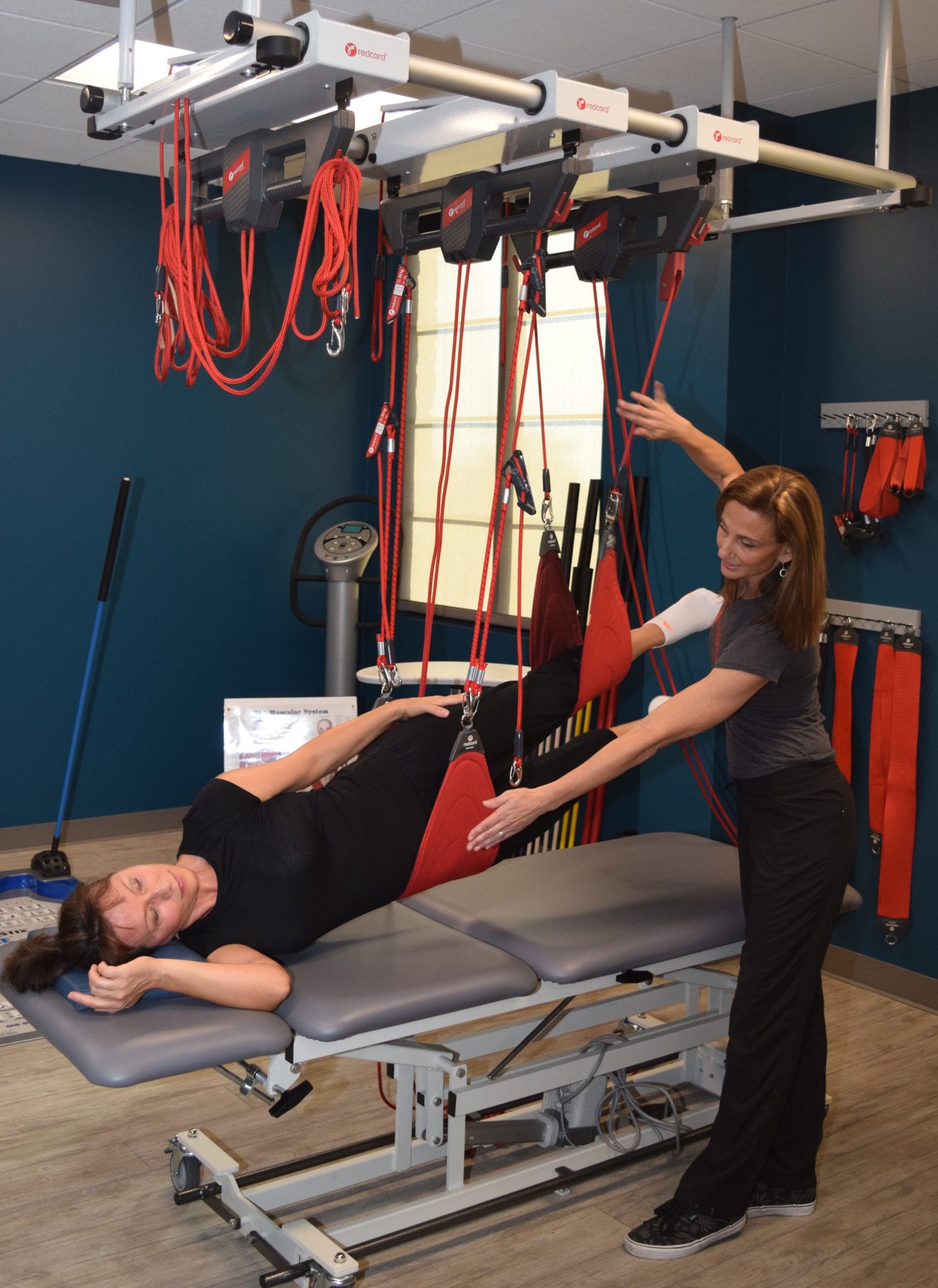
The Neurac® Method – Kinetic Chain Restoration in Austin
One year after opening the Center for Healing and Regenerative Medicine (CHARM) with my husband and business partner – David Harris, MD – there was still a critically missing link to the Physical Therapy practice at CHARM. I was searching for the way to more effectively complete the regenerative medicine process – the use of injection techniques to stimulate, regenerate, repair and strengthen ligaments, tendons, and cartilage in order to normalize joint integrity and stability. I witnessed the success of regenerative medicine to decrease pain and stabilize the connective tissue, but I also appreciated how the body does not just miraculously return to proper movement patterns and optimal motor control simply through the absence of pain and improvement in joint stability. Using the analogy of a wheel, just because the hub is strong does not necessarily mean the spokes are true, resulting of course in a wheel that does not roll as straight as it should.
My search led me to a unique therapy originated in Norway. The Redcord® / Neurac® Method is a pain free, closed kinetic chain, body weight off-loading, suspension therapy. NEURAC® is short for NEURomuscular ACtivation. The magic is in the ability to off-load the body using a system of bungee cords and slings in order to quiet what are called “global” muscles so we can activate the deeper stabilization system. When there is pain there is always altered neuromuscular control, in other words, the right muscles are not working, at the right time, or in the right amount. What that looks like to you and me is increased tension, limited range of motion, muscle fatigue, and pain.
The first goal must be to access this deeper stabilization system effectively. This is done by literally off-loading the body completely so the smallest “settings” can be done at the neck or lumbar spine without the compensation of the bigger “global” muscles. When this controlled position is established, then we incorporate a high frequency vibration to the ropes to further decrease pain and facilitate this deep stabilization. The great thing is – these muscles have a special relationship with gravity and want to be on all the time – they are the ones that are designed to be. Once the global system is quieted around them, they remember their role as stabilizers. From this stable base of control we can begin to build proper motor patterns again.
The second goal necessary for full recovery of function is kinetic chain restoration. The human body moves in chains of motion. Your right gluteus muscle is attached to your left shoulder and arm through the latissimus dorsi. The deep line of your adductor muscle does attach your inner thigh to your neck. It is simply the truth in how we are designed and through Weak Link Testing with the Neurac® there is no place to hide from our body’s compensatory patterns. We can quickly find the area of the kinetic chain that is breaking down and causing dysfunction and treat it. Why so quick? Because this is not about strengthening a weak muscle, this is about turning the right muscles within the chain back on. The Neurac® is the first closed kinetic chain system of exercise which gave me the freedom to treat patients from a very low functional level all the way through elite athletes in a pain free and effective way. It is the common thread that knits together recovery from injury to optimal performance and the missing link that our Physical Therapy practice needed to complete what we do at CHARM.
At the Center for Healing and Regenerative Medicine we have proudly offered the Redcord® / Neurac® Method since 2012 and are the largest clinic in Texas. CHARM has a group of highly trained therapists who are critical to the positive outcomes our patient’s experience. Personally, I am humbled to join the group of Certified Neurac Provider’s from around the globe. I believe these two things – Your body has everything necessary for complete recovery held within it – – Seek and you will find.
Michele Zink Harris, PT, CNP



